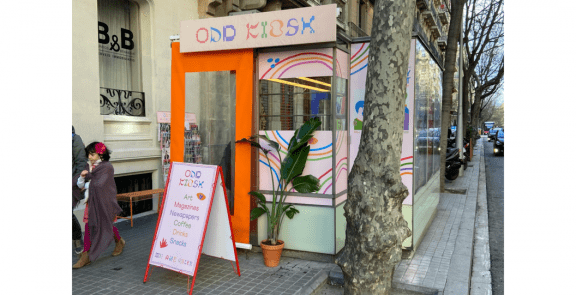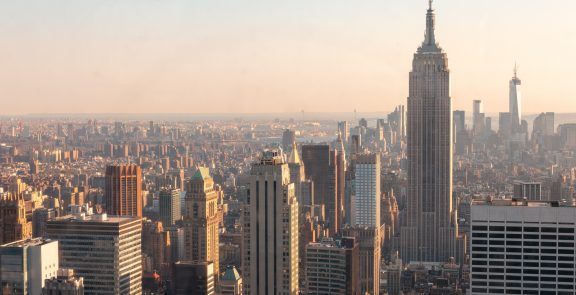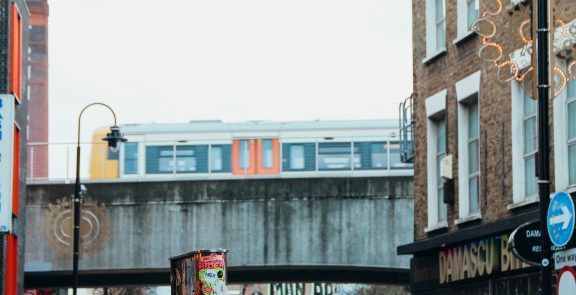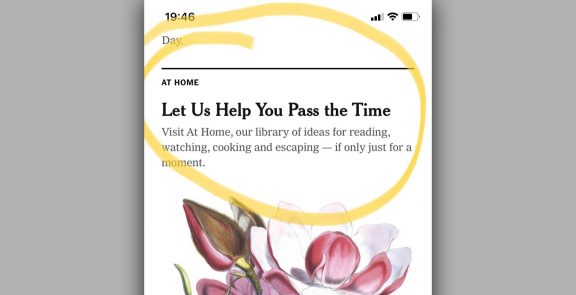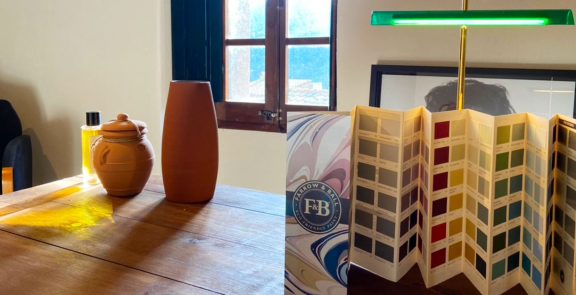
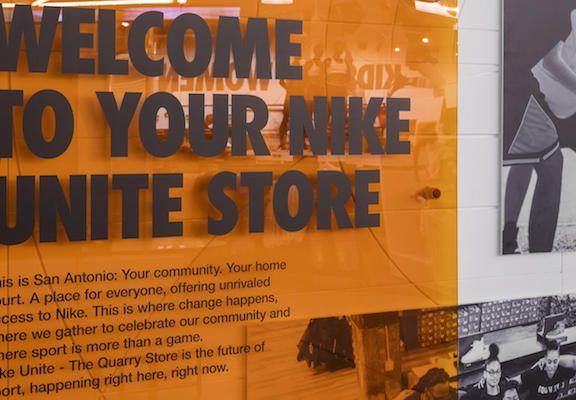
Nike Unite: What new roles can a physical store play?
IN A NUTSHELL:
Not all “physical” stores will die, as many of them will be transformed and adapt to changing circumstances and new social conditions, becoming containers of experiences and spaces for connecting with the public.
THE GREAT STRATEGIC TAKEOUT:
Nike Unite redefines the neighbourhood store as a space of opportunity with new roles and strategic objectives: a brand community generator, a “lab” for testing and ongoing learning, a destination where people can reconnect and global brands can be brought to the local consumer.
Why should I read this?
The store is no longer meaningful as a mere sales space. Just as today’s home is also a space for work, leisure and training, shops have to adapt to a new context and fulfil new functions.
What are we talking about?
Big global brands with physical stores are facing a huge challenge today: retail, as we used to know it, no longer makes sense.
Various factors have contributed to this: firstly, the pandemic led to shops being closed for months, subject to new restrictions and seen as “unsafe spaces”. Secondly, mistrust of major global brands and the need to support smaller businesses, so that they could survive the crisis, increased sales in small, local shops. Moreover, because of the influence of technology, commercial spaces are undergoing a huge transformation, becoming increasingly interconnected, hybrid and multifunctional. Finally, online sales are growing rapidly around the world, reducing in-person shopping.
So… What is the point of a physical store for a global brand?
Nike is presenting Nike Unite, a new type of store, often in pop-up format, in suburban areas and small towns. An interesting proposal that gives a new meaning to physical stores.
Currently in Namyangju (South Korea), Portland, East New York, San Antonio (US) and East Kilbride (United Kingdom), and opening soon in Chicago, Atlanta and Beijing, each store is a nod to local culture, making it unique.
From a strategic perspective, Nike Unite redefines the neighbourhood store as a space with new strategic roles and objectives that respond to the challenge of giving retail meaning again:
- The store makes sense as a space for real, physical contact with the public and for creating a brand community: designed to help the locals connect to sport, Nike Unite creates new experiences inside and outside the store, based on serving people as the most valuable sporting destination in their community. To do this, it offers support to neighbourhood athletes and local schools that give children the opportunity to stay active, and runs the “Nike Community Ambassador” programme, which enables store employees to become trainers.
- It captures the spirit of small neighbourhood stores, and brings a large global brand closer to people, so that they can identify with it and believe in it: the design of products can be chosen through a local curatorship system that reflects the interests of the community (not global guidelines) and the store can employ people living in the neighbourhood.
- It also incorporates technological capabilities that make the store a space for testing, observing shopping habits, collecting data and constant learning.
It is key to rethink the strategic direction of physical stores, from the viewpoint of consumer and community needs, as hybrid, interconnected and multifunctional spaces that go beyond the sale of products and offer experiences and connections.
Links and what to pay attention to:
News Nike
- Humanisation of the brand.
- Proposals for experiences, services and content for the community that go beyond the sale of goods.
- Consumer centred: local curatorship service.
- Solid proposal from the inside out: hiring staff who belong to the local community.
- Designed with local references that reflect the identity of the neighbourhood.
- Hybridisation of physical space and e-commerce.
WHY YOU SHOULD BE INTERESTED:
Consumers are increasingly sceptical of big global brands, while retail needs to be transformed to survive. Businesses need to find spaces in which they can reconnect with the public and physical retail could be a great opportunity.
What tension does it resolve?
On the one hand, I find it increasingly difficult to feel identified with and trust a brand. To trust them, I need them to be genuinely interested in me and my interests and to respond to my needs.
And, on the other hand, being part of a group, a community or a neighbourhood nourishes and enriches me.
From a strategic perspective:
It is becoming indispensable to rethink the role of retail in particular and the role of brands in general, beyond the sale of products, mobilising it to offer experiences and connections.
Who might be interested?
All brands, especially large global brands that depended on their physical stores and those that aim to meet needs linked to socialisation.
Where do I implement it?
In the creation of retail strategies, generating experiences with consumers and developing new services.
How do I implement it?
- By analysing data of purchasing habits in each store.
- By generating in-store experiences that allow personal contact with consumers’ interests and wishes.
- By reviewing internal HR strategies to ensure that they are aligned with the brand’s purpose and reflect its authenticity.
- By exploring new neighbourhoods where brand consumption is significant, and a sense of community can be generated.
- Involving city connectors to constantly keep track of what the community/neighbourhood needs.
How innovative is it?
It is interesting to think how we can innovate based on what we already have. Shops already exist; it’s a matter of thinking about a change in their approach and their strategic role.
Key concepts:
Neighbourhoods, communities, retail, physical store, data science
I WANT IT FOR MY COMPANY/BRAND. WHAT DO I NEED TO KNOW?
Who is using it already?
Things to keep in mind:
- Identify segments by interests linked to the brand/company proposal.
- Customise proposals according to the interests of the community and not the brand.
- Ensure that all touchpoints contribute to building the community (it’s not enough to say so: actions that reflect this need to be carried out inside the organisation, e.g. hiring community/neighbourhood staff).
- Introduce schemes for data analysis to be incorporated flexibly in strategies.
How do I share it with my network?
“Ideas for transforming retail and not letting it die”
